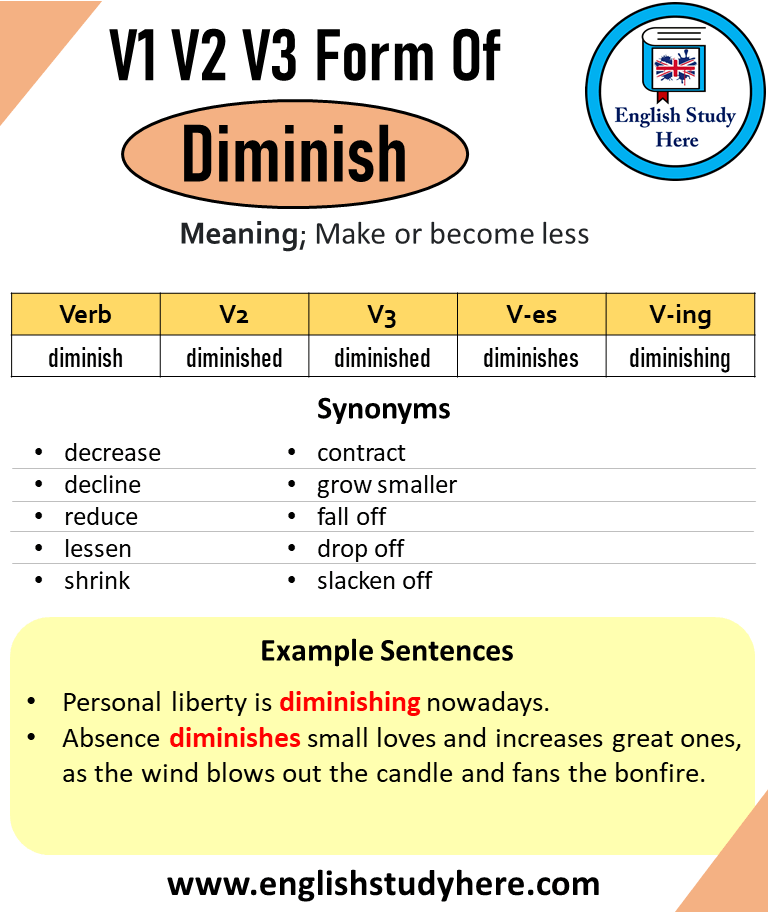Shrink Past And Past Participle Form V1 V2 V3 V4 V5 Form of Shrink
Have you ever stumbled upon verbs that seem to change unexpectedly, leaving you puzzled? “Shrink” is one of those verbs that can leave you scratching your head.
Whether you’re a student, a professional writer, or just someone who loves language, understanding the different forms of the verb “shrink” can be incredibly useful. Imagine finally feeling confident when you write and speak, never second-guessing if you’ve used the right form.
We will explore the past and past participle forms of “shrink”—V1, V2, V3, V4, and V5—and provide you with clear examples that you can easily remember. By the end, you’ll have a better grasp of how to use “shrink” correctly in any context, enhancing both your written and spoken communication. Stay with us as we dive deep into the fascinating transformations of this verb, and empower yourself with knowledge that sticks!

Credit: www.youtube.com
Forms Of Shrink
The word shrinkchanges based on tense. Its base form is shrink. In the past tense, it becomes shrank. The past participle form is shrunk. These forms help us know when something happened.
| Verb Form | Example |
|---|---|
| V1 | shrink |
| V2 | shrank |
| V3 | shrunk |
| V4 | shrinking |
| V5 | shrinks |
Learning these forms is easy. Practice using them in sentences. This helps you understand better. You will improve quickly.

Credit: englishstudyhere.com
Shrink In Different Tenses
Shrink means to make something smaller. In present tense, it is used as “shrink.” You might say, “I shrink my clothes in the wash.” It helps to describe actions happening now.
The past form of shrink is “shrank.” This form shows actions that happened before. You can say, “Yesterday, the sweater shrank in hot water.” It’s useful for talking about past events.
The past participle is “shrunk.” Use it with helping verbs like have or has. For example, “The shirt has shrunk a lot over time.” This form is great for describing completed actions.
In continuous tense, we use “shrinking.” This shows an action that is ongoing. For example, “The ice is shrinking as it melts.” It’s perfect for actions that are happening now.
The future form is “will shrink.” It describes actions that will happen later. For instance, “The balloon will shrink when it loses air.” It helps to talk about future events.
Common Uses And Examples
The verb shrinkmeans to make smaller. Its past form is shrankand past participle is shrunk. These forms help in describing actions that happen over time. For example, “The shirt shrankafter washing.” It shows change in size.
Use these forms in sentences for clarity. “He shrinkswhen scared.” This means he becomes smaller or timid. “The sweater shrunkin the dryer.” It tells what happened to the sweater.
| Form | Example |
|---|---|
| Shrink (V1) | I shrink in cold water. |
| Shrank (V2) | The shirt shrank last week. |
| Shrunk (V3) | The clothes have shrunk. |
| Shrinking (V4) | The ice is shrinking. |
| Shrinks (V5) | He shrinks from challenges. |

Credit: englishstudyhere.com
Conclusion
Understanding the forms of “shrink” is essential. We use “shrink” in daily conversations. Its past form is “shrank” and past participle is “shrunk. ” These forms help express actions at different times. Knowing these forms improves language skills. Practice using them in sentences.
This strengthens your English communication. Regular use makes the forms familiar. Remember, language grows with practice. Keep exploring new words. Language learning is a journey. The more you engage, the better you become. Shrink your language barriers. Expand your vocabulary.
Enjoy learning every day!






